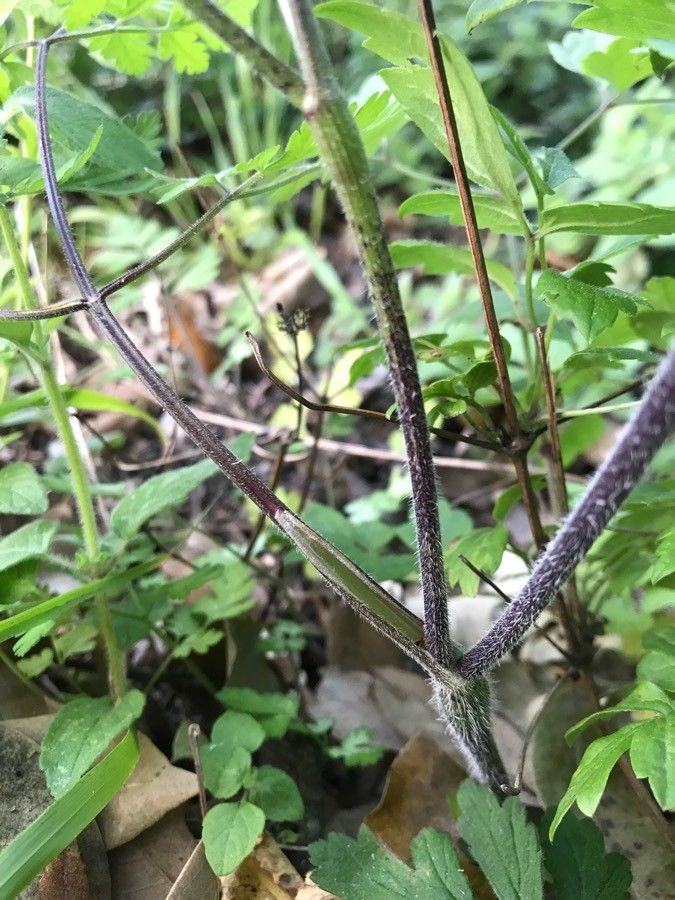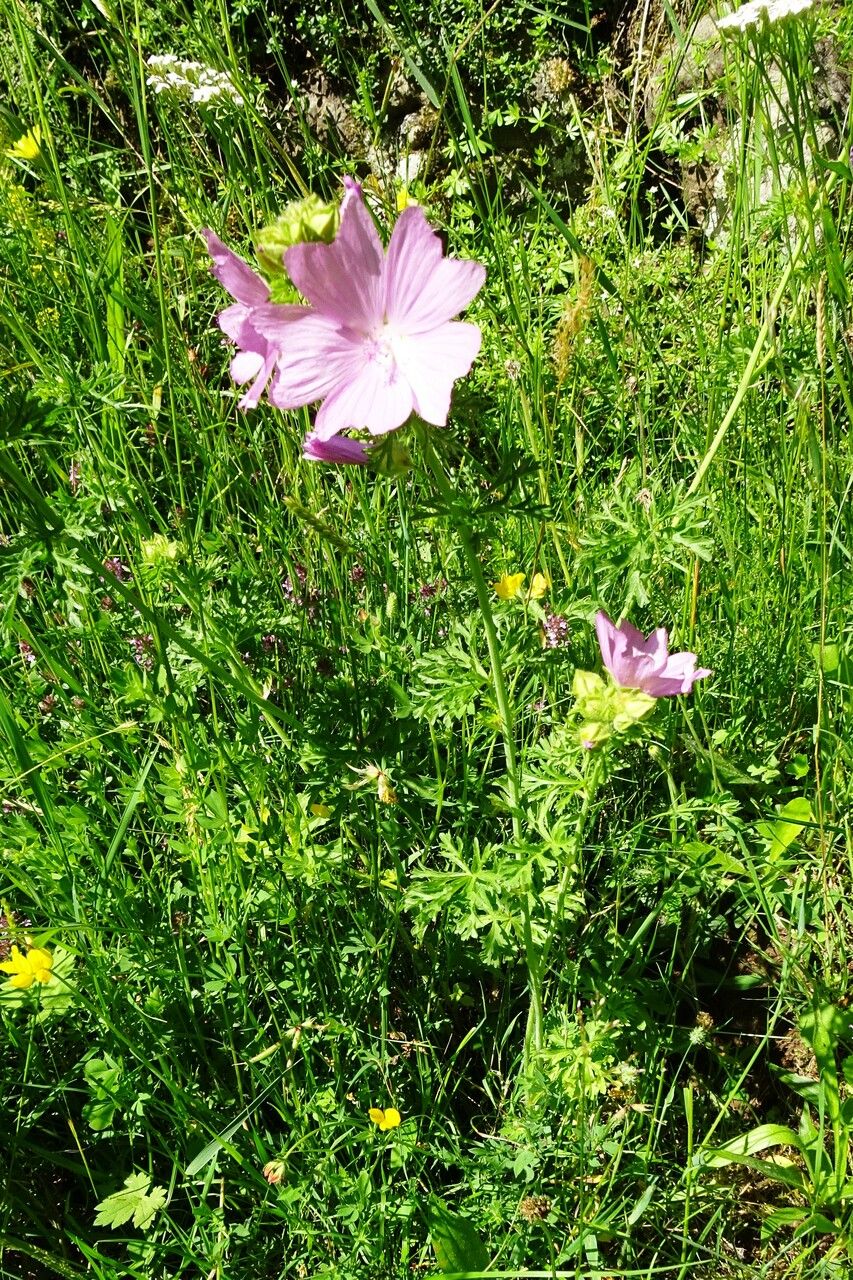## Prairie Gourd: A Comprehensive Guide
The Prairie Gourd, a fascinating member of the Cucurbitaceae family (the same family as pumpkins and squash), is a captivating vine boasting unique characteristics. While not as widely cultivated as its more popular relatives, this native plant offers a rewarding experience for gardeners intrigued by less common species. Let's delve into the specifics of cultivating this intriguing gourd.
### Habitat and Growth
Prairie gourds are native to North America, thriving in prairies, grasslands, and open woodlands. They're adapted to full sun conditions and well-drained soils, showcasing their resilience in challenging environments. These vigorous vines can climb or sprawl, creating a stunning groundcover or climbing feature in your garden. They are relatively drought-tolerant once established.
### Soil Needs
Prairie gourds prefer well-drained soil that's slightly alkaline to neutral. Heavy clay soils should be amended with organic matter like compost to improve drainage and aeration. Good drainage is crucial to prevent root rot, a common issue for cucurbits. Avoid over-watering, as this can also contribute to root problems.
### Sun Exposure
These sun-loving plants require at least six hours of direct sunlight daily for optimal growth and fruit production. While they can tolerate some partial shade, prolonged periods in the shade will result in reduced vigor and fewer gourds.
### Planting and Care
Prairie gourd seeds can be sown directly outdoors after the last frost, or started indoors several weeks prior. Plant seeds about an inch deep and space them 2-3 feet apart. Regular watering is important, especially during dry spells, but avoid overwatering. These plants are relatively low-maintenance and generally resistant to pests and diseases. Weeding around the base of the plant will help prevent competition for resources.
### Harvesting
The fruits of the prairie gourd ripen in late summer to fall. They will turn a yellowish-brown color when ripe and will have a hard rind. Handle the gourds carefully, as they can be quite fragile when fully mature. The gourds can be used for decorative purposes, or the seeds can be cleaned and saved for planting the next year.
### Propagation
Prairie gourds are primarily propagated from seeds. Allow the ripe gourds to dry completely before harvesting the seeds. Store the seeds in a cool, dry place until the following spring.
### Wildlife Attraction
Prairie gourds attract beneficial pollinators such as bees and butterflies. The mature plants provide habitat and food for various wildlife species.
### Potential Uses
While edible, the fruits of the prairie gourd are not commonly consumed. Their primary use is often ornamental, adding unique character to gardens and landscapes. The dried gourds can be used in crafts, making attractive bowls or decorative pieces.
By following these guidelines, you can successfully cultivate this fascinating native plant and enjoy its unique beauty in your garden.
Prairie Gourd: Growing Guide & Care Tips

Frequently Asked Questions
How do I grow a prairie gourd?
Plant seeds directly outdoors after the last frost, or start indoors several weeks earlier. Ensure well-drained soil, full sun, and regular watering (avoid overwatering).
What kind of soil does a prairie gourd need?
Prairie gourds thrive in well-drained soil that is slightly alkaline to neutral. Amend heavy clay soils with compost to improve drainage.


